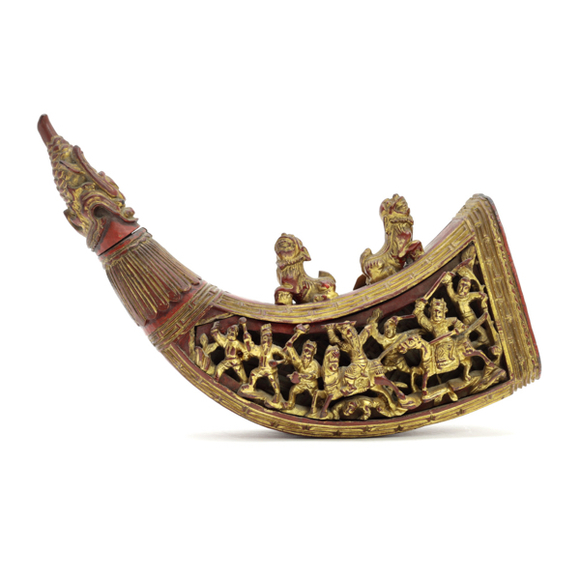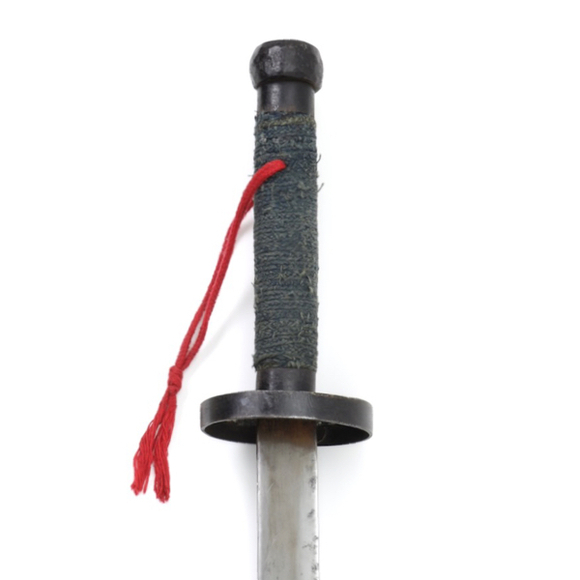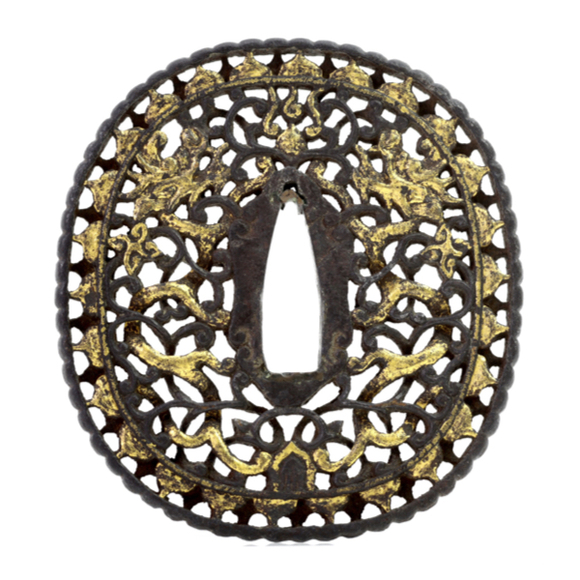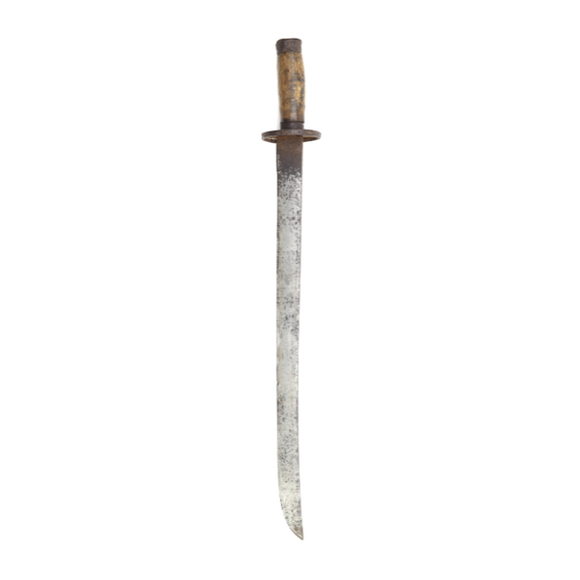Language: Mandarin Chinese
Source: Classical literature
Description
Dāo bèi (刀背) literally means the back or spine of a blade.1
When a measurement is given for the dāo bèi (刀背), thickness at the base is meant.2
Chinese saber spines can be flat, ridged, notched, beveled, sharp, or a combination of these.

 The substantial bèi on a southern Chinese bannerman saber.
The substantial bèi on a southern Chinese bannerman saber.
 Notched bèi on a northern niúwěidāo.
Notched bèi on a northern niúwěidāo.
 An unsharpened back bevel on a southern Chinese officer's saber.
An unsharpened back bevel on a southern Chinese officer's saber.
This feature lightens the tip and improves handling.
 A sharp backedge on a 17th century northern officer's saber.
A sharp backedge on a 17th century northern officer's saber.
Also see:
In Manchu, the word is gencehen.
For a complete overview of saber terminology, see: A Chinese saber glossary.
References
1. Tongwen Guanghui Quanshu (同文廣彙全書) or "Enlarged and complete dictionary" of 1702. A Qing imperial dictionary in Chinese and Manchu, each entry double-checked and approved by the Kangxi emperor.
2. Qinding Gongbu Junqi Zeli (欽定工部軍器則例) or "Imperial regulations and precedents on weapons and military equipment by the Ministry of Public Works", 1813. Chapter 36.






